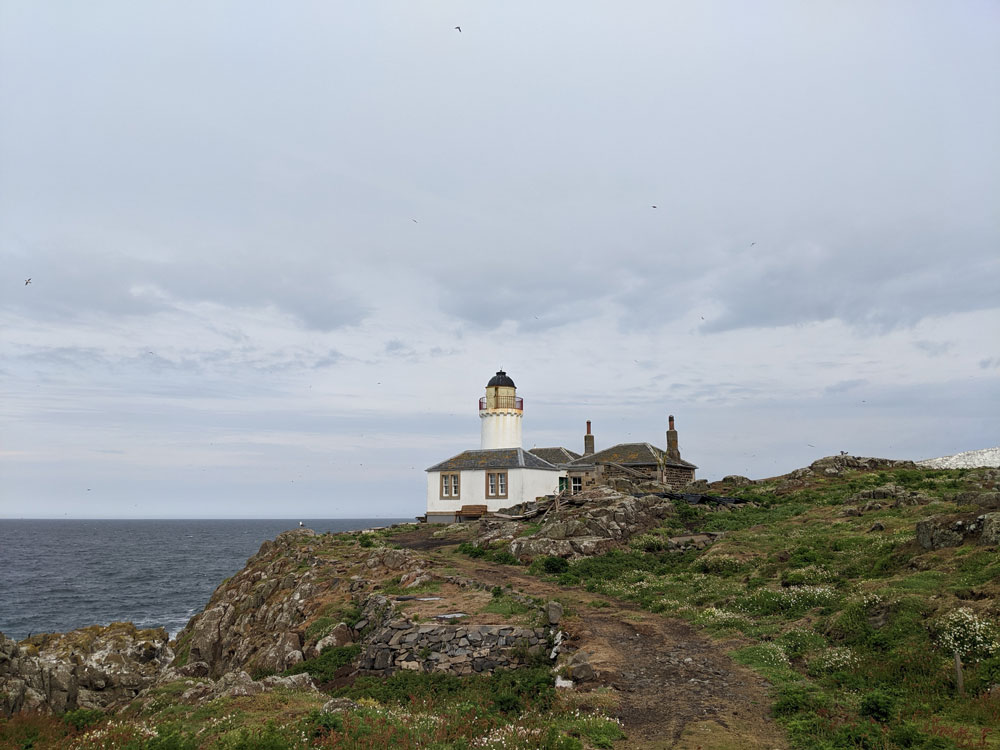
Young Bird Observatory Volunteering: the first step towards a career in conservation
The Young Bird Observatory Volunteers (YBOV) programme has been providing grants for young people to visit and volunteer at accredited bird observatories across Britain and Ireland since 2013. Bird observatories are located at prime bird migration points across Britain and Ireland, and conduct long-term monitoring of bird populations and migration. BTO has a strong relationship with the observatories, which, like BTO, encourage volunteers to participate in scientific studies of birds and the environment.
The YBOV programme has benefited over 100 young people, helping them learn about opportunities available to them at bird observatories, and the work that observatories do for ornithology and conservation.
We spoke to some of the more recent recipients of the grant to hear how the programme has helped them take their first steps in their careers.
Abi (22) – Bardsey Bird and Field Observatory, Gwynedd, Wales
I spent a week on Bardsey Island at Bardsey Bird and Field Observatory with a group from university. I learnt to keep a detailed field notebook, conducted shore surveys for the Shoresearch project (the Wildlife Trusts citizen science survey) and for the island biodiversity report, and I even ringed my first bird. I learnt what life as a warden takes and participated in practical conservation tasks and surveys such as bird censuses.
Since the training week, I have been collaborating with the Observatory and fellow student Leah to develop a children’s resources pack for schools. The aim is to facilitate teachers in the education of children about nature and the work of the Observatory. We emphasised integrating the pack into the school curriculum, and the benefits of interacting with nature. The pack even discusses conservation careers, and where to start.
I have been inspired to conduct seabird research, and am now working on a citizen science seabird survey project.Abi (22)
I have returned to the island for a day trip and for a week as a volunteer – it was really rewarding to see that the Manx Shearwaters had laid eggs since the training week. I have been inspired to conduct seabird research, and am working on a citizen science seabird survey project as part of my job as one of the historical tall ship Bark EUROPA’s onboard researchers.
Leah (21) – Bardsey Bird and Field Observatory, Gwynedd, Wales
My week on Ynys Enlli (Bardsey Island) gave me an opportunity to grow my relationships with other aspiring conservationists and provided invaluable hands-on experience in conservation.
Along with other volunteers, I did a guided wildlife walk which looked at some of the rare plant life on the island. I also did rock pooling, small bird ringing (Blackcaps, Goldfinches, and I even got to ring a Sedge Warbler!), Manx Shearwater ringing at night, took part in the BTO/JNCC/RSPB Breeding Bird Survey (BBS), and learned practical habitat management skills.
During the week I saw several really exciting species including Cuckoo, Ring Ouzel, Dotterel, Alpine Swift, and Pied Flycatcher. There were Willow Warblers and Chiffchaffs in the hundreds as well as many local Bardsey birds such as Peregrines, Choughs, and Wheatears!
For me, the stay on the island was a turning point in my life. I was just about to finish up my undergraduate degree in Biomedical Science, a field I enjoy but felt very lost and confused in. Getting to see these incredible birds up close in the hand, unable to comprehend all they’d accomplished in their lifetime or the incredible distances they’d travelled, was what made me realise my future needed to involve more of this. I decided then and there that I wanted to begin working towards a future in seabird research.
The experience truly changed my life and has catapulted my career into conservation. I have reached out to Bangor University to discuss a master’s research project involving Bardsey’s Manx Shearwaters and applied for positions with the RSPB, and I have received a place as a volunteer on a biosecurity rapid response team tackling invasive species on seabird islands such as Ynys Enlli (Bardsey Island), Ynys Seiriol (Puffin Island) and Ynysoedd y Moelrhoniaid (The Skerries, Anglesey).
Coming from a background in medicine, the choice of changing fields was a daunting one, but it was an easy one to make after my week on Bardsey. To Steve, Emma, and the assistant wardens at the Observatory, it was an honour to attend, and I will forever be grateful for the experiences we had because of the Observatory team. A big thank you to BTO Youth and the grant funders who made it all possible for us.
I decided then and there that I wanted to begin working towards a future in seabird research...the experience truly changed my life and has catapulted my career into conservation.Leah (22)
Duerden (22) – Spurn Bird Observatory, East Yorkshire, England
I did six weeks of volunteering at Spurn Bird Observatory, but this wasn’t my first visit. Having lived in Leeds for university for the last four years I had made the journey to this renowned bird migration hotspot whenever the forecast was promising (and my timetable allowed)!
Over the six weeks, I conducted daily point count surveys to monitor migrant birds grounded by bad weather, and carried out various practical tasks such as footpath maintenance and willow coppicing. For ‘landlocked’ birders, there are few better places to visit than Spurn to get to know coastal species, and spending a longer period at the Observatory was invaluable. I learnt how to identify divers, ducks, and waders at sea, and became familiar with the calls and habits of uncommon species such as Lapland Bunting and Twite.
I learnt a lot about the bird ringing that takes place at the Observatory. I assisted with catching coastal waders for ringing, and learnt how to identify the age and sex of species such as Blyth’s Reed Warbler, Snow Bunting, and Bearded Tit in the hand. I also spent a lot of time working with other volunteers constructing a new Heligoland trap – a large, walk-in funnel which small birds fly into and can be safely extracted from before being ringed and released – that will hopefully catch species to inspire and educate the next cohort of residential volunteers.
To be surrounded by like-minded people, to make new friends and spend time with old ones, and to share stories of birding with other birders is what really makes the observatory experience special.Duerden (22)
As good as the birding was, what makes Spurn Bird Observatory unique is its community of resident and visiting birdwatchers. To be surrounded by like-minded people, to make new friends and spend time with old ones, and to share stories of birding with other birders is what really makes the observatory experience special.
I would encourage any young birders who have the opportunity to stay at an observatory to go for it – you won’t be disappointed!
Joe (14) – North Ronaldsay Bird Observatory, Orkney, Scotland
As soon as I landed on North Ronaldsay, the island’s remoteness and isolation struck me: a small oasis of land nestled inside a rough ocean. The head warden drove me down a small track towards the Observatory, flushing a large flock of Golden Plovers as we passed, their mournful calls echoing the slightly ominous grey sky. When we arrived, I headed to my room. From the window, I could see the Golden Plovers circling over Gretchen Loch, and all the way to the lighthouse at the north tip of the island.
The main function of the Observatory is to monitor bird migration, and this is done by extensive recording of the bird numbers, and by ringing a large number of birds. It was spectacular seeing birds like pipits suddenly heading out over the rough sea, and watching as over the space of two weeks first Chiffchaffs, then Blackcaps, then Willow Warblers turned up on the island. Because of the island’s small size and limited cover, birds are very visible and often appeared in places I didn’t expect – such as Woodcocks roosting in fields and Sparrowhawks hunting for waders on the coast!
Each day on North Ronaldsay was full of things to do, from the daily bird census which covers almost the entire island, to operating the mist nets and Heligoland traps in order to ring birds, to helping out with the kitchen and general fixing. It would seem that everything on the island was either brand new or falling apart and made of rust as a result of strong winds and salty air!
It was spectacular seeing birds like pipits suddenly heading out over the rough sea, and watching as over the space of two weeks first Chiffchaffs, then Blackcaps, then Willow Warblers turn up on the island.Joe (14)
The Observatory also functions as the island’s shop, café, restaurant, chippie and hotel, and there were several visitors staying and eating with the volunteers almost every night. The staff were all very friendly and extremely knowledgeable, always happy to teach new things, so there was a great atmosphere. Occasionally one of the island’s residents would come to cook dinner, a special treat as her cooking was truly phenomenal.
I was sad when my two weeks were up and it was time to leave, as it had been such an amazing experience that I learnt so much from. I was constantly discovering new things every day! A huge thanks to the Observatory for taking me and to the BTO Young Bird Observatory Volunteer programme.
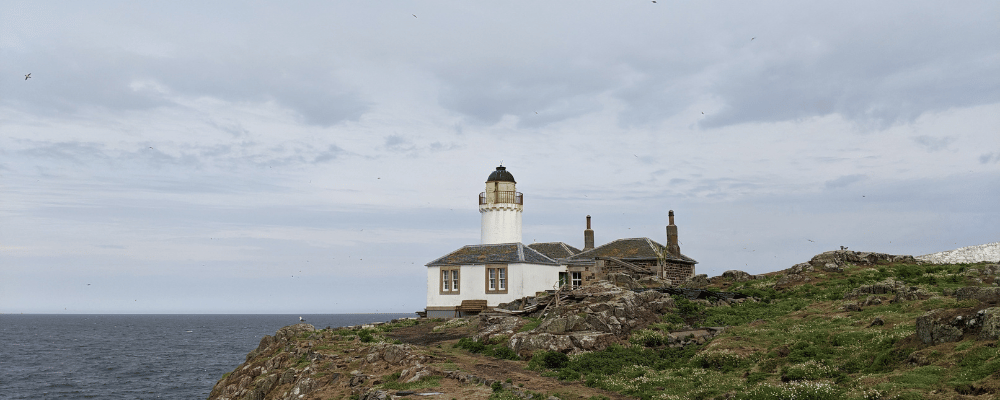
Apply for a grant from the Young Bird Observatory Volunteers programme
Would you like to volunteer at a bird observatory, develop your ornithological knowledge, learn new skills and make lifelong memories?

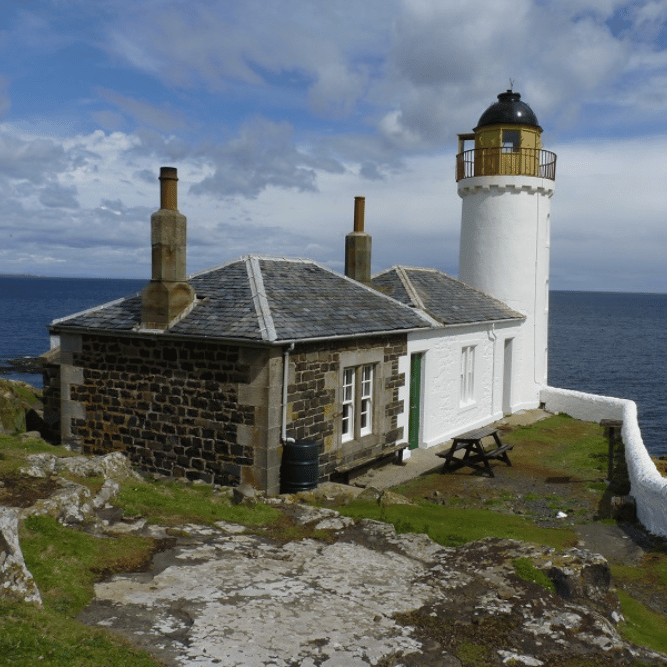

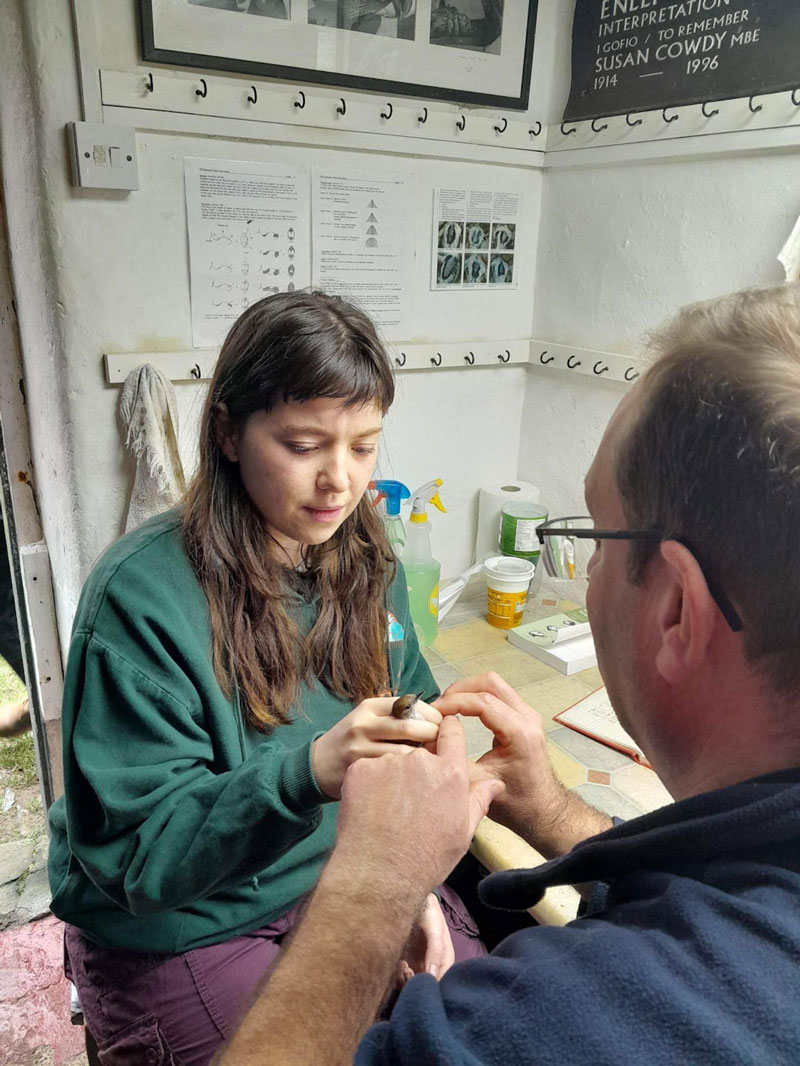
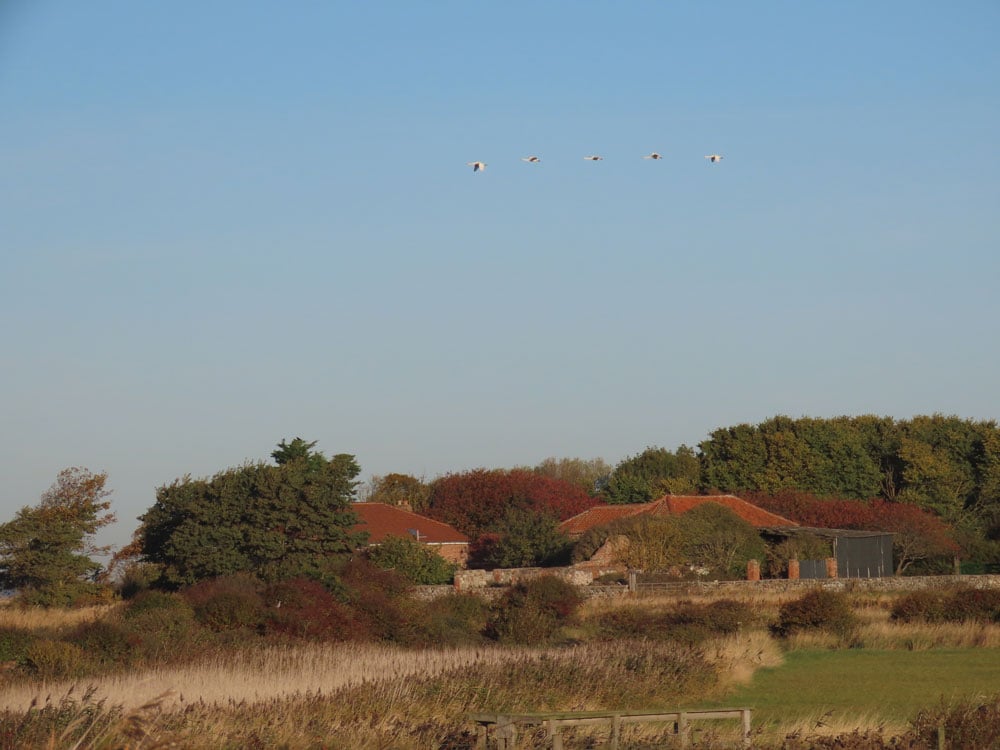
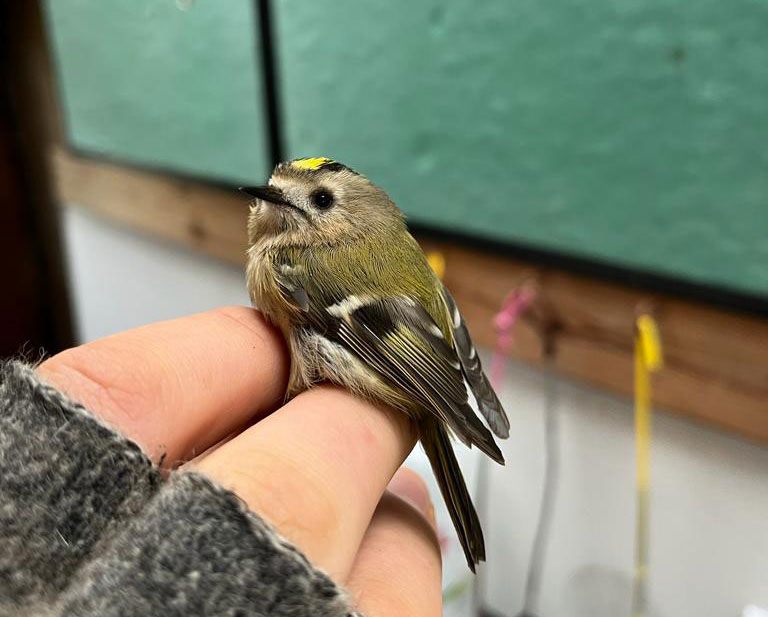
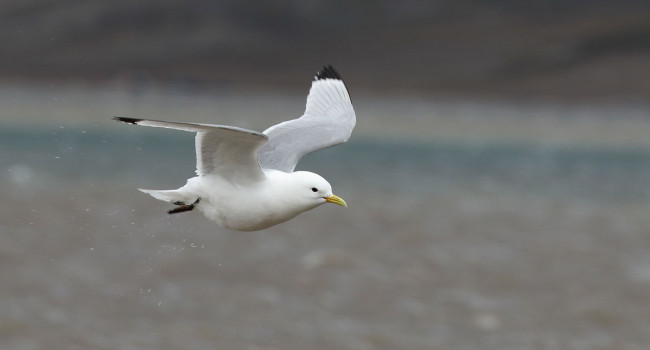



Share this page